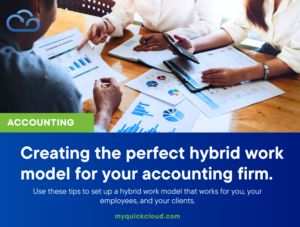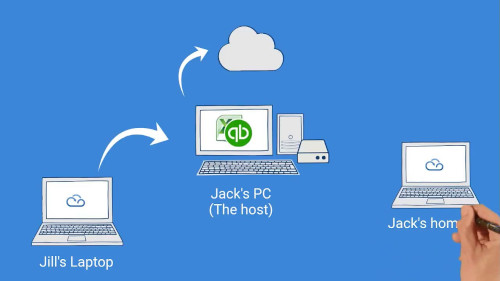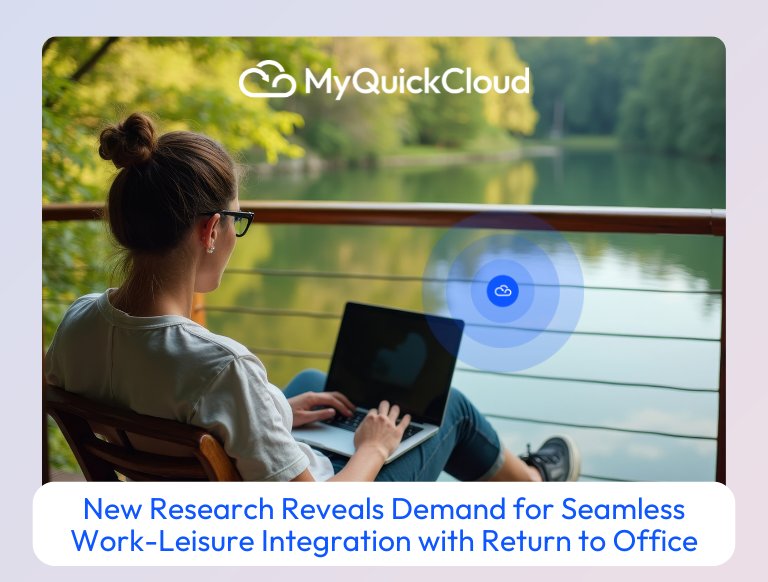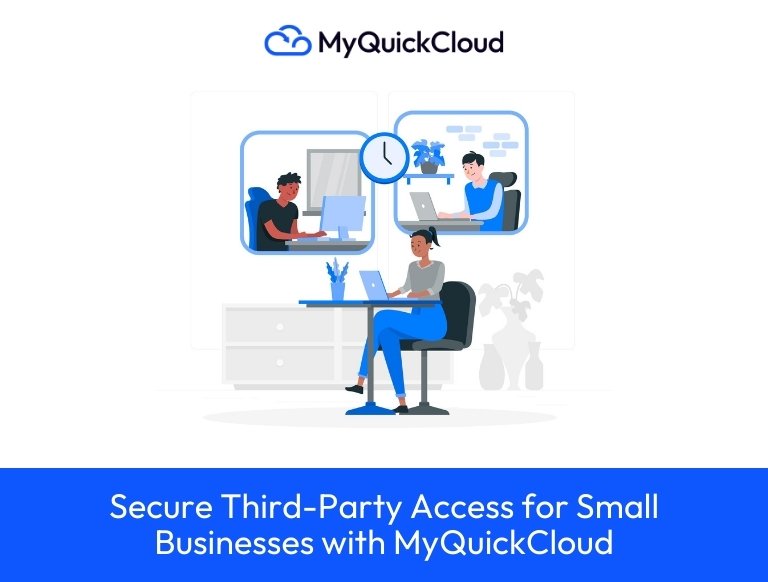Working from home or returning to work? Why not combine the two? You can use these tips to set up a hybrid work model that works for you, your employees, and your clients at accounting firms.
Many organizations across Europe and the US have settled on hybrid work, combining working from home and in the office, when considering whether employees should be remote full-time or commute to an office permanently.
The hybrid office requires specific considerations that aren’t quite the same as fully remote or full-time office work. Two settings must be considered when considering employees’ comfort, productivity, and security. Additionally, you need to consider how to manage people in an environment where some staff members will see each other often, while others will rarely see each other.
Why should your accounting firm adopt a hybrid work model? There will be hybrid work for a long time to come.
The trend toward remote work that began in 2020 is no longer a trend. This is the reality. Gartner recently predicted that more than half of American “knowledge workers” would work in a hybrid environment by the end of 2023. Some economists have already declared full-time office work to be “dead.”
Remote work generally reduces costs and increases productivity for employers, while improving work-life balance for employees. However, working remotely can lead to loneliness for workers and disconnection for managers. The hybrid model at accounting firms is therefore the best option for many firm leaders.
Working in a hybrid system presents challenges that differ significantly from working full-time remotely or in an office. Firm leaders should consider the following best practices when developing hybrid work models.
Accounting firms’ hybrid work models and technology
First and foremost, technology needs to be considered. You won’t be able to succeed with anything else if your firm doesn’t get this right. Employees need access to critical tax and business data from anywhere at any time. This includes working at home, at the office, or even on vacation. Cloud computing is the key to getting there, and with MyQuickCloud, we help accountants do just that.
QuickBooks and your other favorite business and tax applications can be run in the cloud to give everyone in your organization access to whatever they need, whenever they need it-without compromising security. An appropriate cloud provider will offer the same level of security as big banks. Your systems will be constantly updated and your clients’ data will be kept secure by using world-class data centers through your partner.
Find out how Suzy Kerton from Zyla Accountants supports her remote team in this video:
You can further enhance security by partnering with a cloud provider like MyQuickCloud that protects your workers’ devices (e.g., laptops), wherever they are. Security risks can also be avoided by training your employees with the same provider. This is done by enabling them to login to your secure server through their own device. Which saves additional cost of purchasing and maintaining technology too!
However, technology can do so much more. Your employees and you will always be able to find and track critical files with document management. Keeping them in the cloud also allows your firm to create customized workflows for tracking the completion of client projects.
Having a hybrid work model in accounting firms requires everyone to be on the same page. Your firm will be able to eliminate errors, master version control, and have updates available to clients immediately. As well as improving efficiency, you can also provide better customer service.
Office work and hybrid work at accounting firms
Employers need to take into account how their employees will function in both the office and at home. In other words, the office should be as comfortable as the home office…or at least close to it. This task involves some complexity.
Firm leaders benefit from remote work by reducing costs. Employers save money by not having to buy and maintain equipment for every employee. By running applications in the cloud, you eliminate the need for in-office servers. A network that is maintained and updated internally is virtually eliminated as a result.
Laptops and cell phones issued by the company should be able to be transported to and from the office by employees. However, firms need to consider other equipment, such as monitors, mice and other peripherals. Monitors and speakers, for example, may be shared by employees. There is not a lot of touch contact involved with those devices.
It might be necessary to limit the amount of personalization employees can do at work
A high-touch peripheral is an item such as a mouse or headphones. Employees on Mondays, Wednesdays, and Fridays probably won’t want to share them with those on Tuesdays and Thursdays. However, those pieces of technology are crucial for a comfortable work environment. Therefore, you will have to decide whether to let employees take the mouse back and forth or if you should buy a separate mouse for each employee.
Similarly, consider how people will use their offices or cubicles at work. It is possible to save costs by having employees share an office or cubicle in a hybrid environment. As a result, that space sits empty for several days out of the week. A comfortable work environment is important to them. It might be necessary, however, to limit the degree of personalization they can make. There is a possibility that they won’t be able to customize it at all.
Accounting firms’ hybrid work models: people management
Most employees will come into the office in a hybrid model so they can collaborate and chat with coworkers. There will probably be a group of employees who meet a few days a week and another who meet more frequently. (For example, Monday-Wednesday-Friday versus Tuesday-Thursday.)
There are also those who work at home full-time or close to it, only coming into the office once or twice a month. There are several ways to keep everyone working in harmony despite all these different schedules.
The first step should be to set a set day when everyone is expected to be at the office. A monthly checkup might be sufficient. You can travel or dial in remotely to fully remote workers outside your geographical region. Nevertheless, it is important to get as many people together as possible.
To get employees together, consider training and celebrations
Additionally, training and celebrations are effective ways to keep everyone together. Training that focuses on collaboration should go beyond Zoom and Microsoft Teams. These are important topics to discuss. You might also consider discussing:
- How to promote participation during meetings.
- How to make sure people keep in touch when they’re not in the office together regularly.
- How to foster a sense of identity among team members both virtually and in person.
Celebrate when things go well as a group. For big celebrations, get everyone involved, whether in person or remotely. If you are celebrating something smaller, send an email or direct message to everyone in the company. Don’t make it all about work. Has a coworker’s kid hit a home run in a baseball game or reached a work milestone? Make sure everyone knows!
Depending on your budget, you might also consider:
- Send firm-branded swag (sweatshirts, notebooks, pens) in advance of get-togethers.
- Create a standard birthday package to send to employees on their birthdays.
- Send out goodies to celebrate big holidays like the Fourth of July or Thanksgiving.
There is a future for hybrid work as well as a present for it. By running your applications and protecting your data in the cloud, and by managing your physical space as effectively as you manage your people, you can make the hybrid model work for both of you.
Get started with MyQuickCloud today: https://myquickcloud.com/signup/





